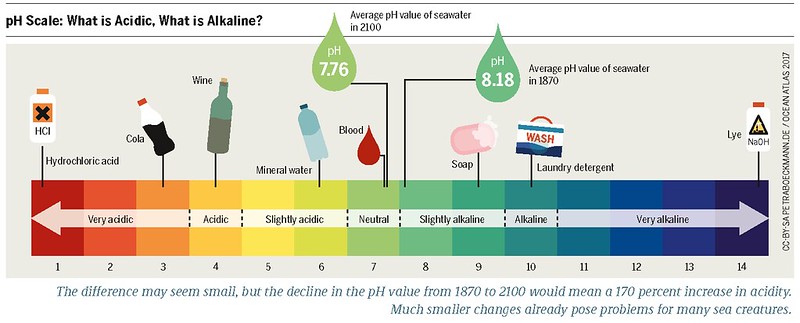The pH of tap water in Pueblo, USA, typically falls within a range of 7.5 to 8.5, indicating an alkaline water source. This pH level is influenced by the presence of minerals like calcium and magnesium, which originate from the surface water stored in Pueblo Reservoir and groundwater from city-owned wells.
Understanding the pH of Pueblo’s Tap Water
The pH scale ranges from 0 to 14, with 7 being neutral. Values below 7 are considered acidic, while values above 7 are alkaline. Pueblo’s tap water, with a pH range of 7.5 to 8.5, is considered slightly alkaline.
This alkaline pH is a result of the minerals present in the water, which help to neutralize any acidic compounds. The primary minerals contributing to the alkalinity are calcium and magnesium, which are naturally occurring in the water sources used by the city.
Factors Affecting the pH of Pueblo’s Tap Water
Several factors can influence the pH of Pueblo’s tap water, including:
-
Water Source: The water supplied to Pueblo’s residents comes from a combination of surface water stored in Pueblo Reservoir and groundwater from city-owned wells. The mineral content and pH of these water sources can vary, affecting the overall pH of the tap water.
-
Treatment Processes: The water treatment processes employed by the city, such as disinfection and filtration, can also impact the pH of the final product. The addition of chemicals like chlorine or the removal of certain minerals can alter the pH.
-
Plumbing System: The materials used in the city’s water distribution system and the individual plumbing systems within homes can also affect the pH. Certain metals, such as copper or lead, can react with the water and change its pH.
Potential Impacts of Pueblo’s Tap Water pH
While the pH of Pueblo’s tap water is generally within acceptable limits, it is essential to consider other water quality factors as well. The presence of contaminants, such as Haloacetic acids (HAA5), radiological contaminants, and various chemicals, can also impact the safety and quality of the water.
-
Haloacetic Acids (HAA5): These are disinfection by-products formed when chlorine reacts with organic matter in the water. Prolonged consumption of water with high levels of HAA5 may increase the risk of cancer.
-
Radiological Contaminants: Substances like uranium can be present in Pueblo’s tap water. Uranium is a known human carcinogen, and long-term exposure can lead to an increased risk of cancer.
-
Chemical Contaminants: Other chemicals, such as pesticides, heavy metals, and industrial byproducts, may also be present in the tap water, depending on the water sources and treatment processes.
Addressing Water Quality Concerns in Pueblo
To address the potential concerns regarding the pH and other contaminants in Pueblo’s tap water, residents can consider the following options:
-
Water Testing: Regularly testing your tap water with a third-party laboratory can provide a more accurate assessment of your specific water quality. This can help identify any issues that may require further action.
-
Filtration Systems: Investing in a high-quality water filtration system, such as an activated carbon filter or a reverse osmosis system, can effectively reduce the levels of HAA5, uranium, and other contaminants.
-
Plumbing Maintenance: Regularly maintaining your home’s plumbing system, including the replacement of old or corroded pipes, can help ensure the delivery of safe and clean water.
-
Monitoring Water Quality Reports: Stay informed about the city’s water quality reports, which are typically available on the municipal website or through the local water utility. These reports can provide valuable information about the current status of Pueblo’s tap water.
By understanding the pH and other water quality factors in Pueblo, residents can make informed decisions about their water usage and take appropriate measures to ensure the safety and quality of their tap water.
Conclusion
The pH of tap water in Pueblo, USA, typically falls within a range of 7.5 to 8.5, indicating an alkaline water source. While this pH level is generally within acceptable limits, it is essential to consider other water quality factors, such as the presence of Haloacetic acids (HAA5), radiological contaminants, and various chemicals.
To address any concerns, residents can consider regular water testing, the installation of appropriate filtration systems, and the maintenance of their home’s plumbing system. By staying informed and taking proactive steps, Pueblo residents can ensure the safety and quality of their tap water.
References:
- City of Fountain Water Quality: https://www.fountaincolorado.org/government/city_departments__divisions/utilities/water_quality
- Epic Water Filters Blog: https://www.epicwaterfilters.com/blogs/news/pueblo-colorado-water-quality-report
- EWG Tap Water Database: https://www.ewg.org/tapwater/system.php?pws=CO0151500

